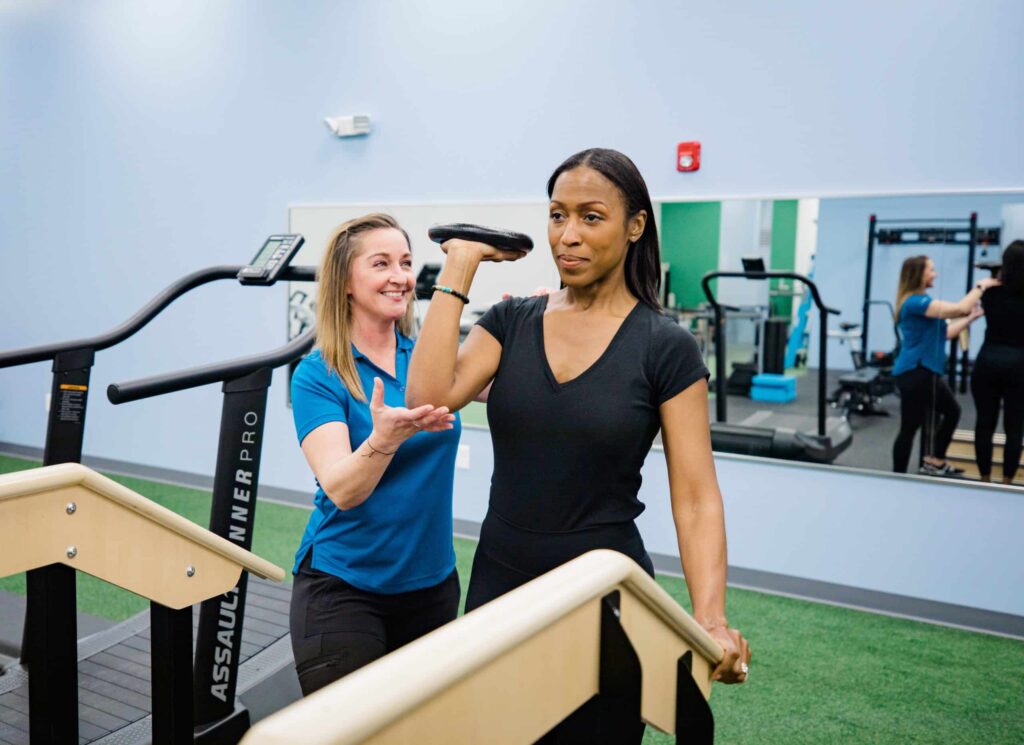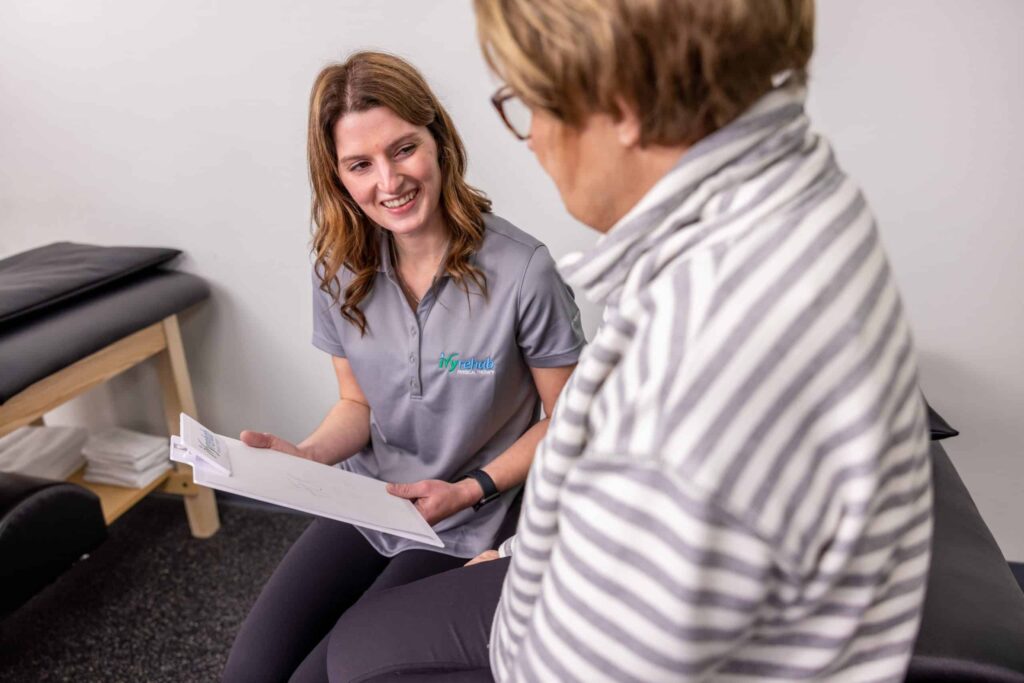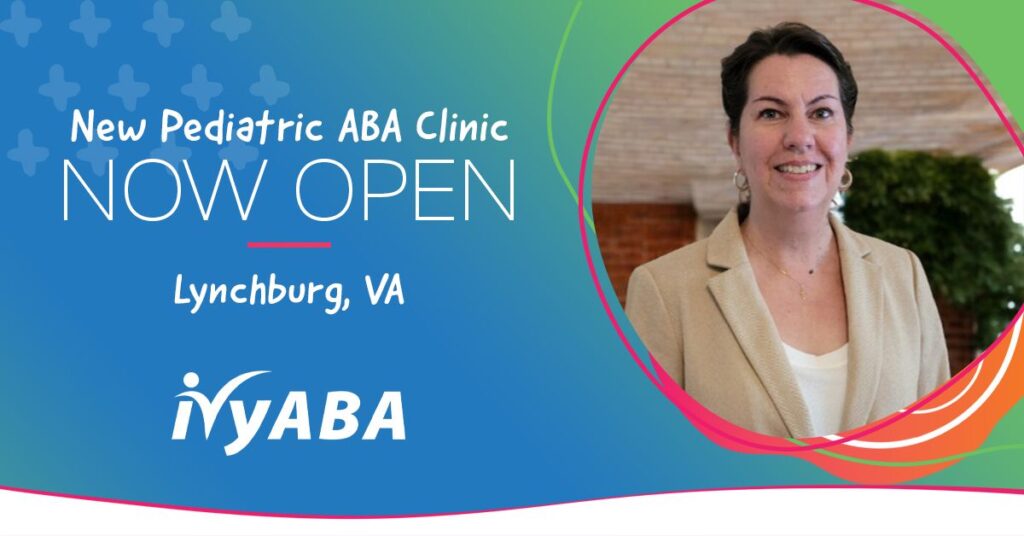This content was updated for accuracy and relevance on March 25, 2024.
More and more, as baby boomers reach their golden years, adults participate in marathons and group interval training workouts, and children dedicate themselves to high-level organized sports. There are more athletes across the country than ever. Whether you enjoy recreational paddle ball, high-intensity Crossfit, or playing simultaneously on three different travel teams, if you engage in any activities, sports, or exercises requiring strength, speed, force, and stamina, you are an athlete. People across the spectrum need medical care to stay in peak form and be able to participate in the activities they love without pain. Enter physical therapy – “PT” for short.
Follow along as we discuss the benefits of physical therapy for athletes so you can stay healthy no matter what type of activity you engage in.
What is Physical Therapy?
A physical therapist is a movement specialist in the healthcare system. They combine hands-on muscle and joint mobilization, specific muscle strengthening, and multiple muscle and joint movement patterns retraining. In short, a physical therapist will analyze how you move and assess muscle injury and function to generate specific physical therapy strength and conditioning plans. These are designed to help you move better and allow you to participate in the activities you enjoy.
When someone goes to seek physical therapy, the PT will evaluate to collect more information. Below is a list of things discussed at the first physical therapy session:
- History of the sports related injury
- Identify activity challenges and goals of the patient
- Assess the injured joint or tissue
- Take measurements of how well and how far the joints and muscles can move
- Assess how strong the supporting muscles that are responsible for completing the movement
Through this process, the PT will help strengthen and re-train the muscles and movement patterns. This is done by enhancing the flexibility and strength needs of the desired movement that the athlete is currently limited in.
Physical Therapy for Athletes
The principles of linear strength progression, sport-specific conditioning, and overload principle to target appropriate muscle build apply to all athletes. However, in the pediatric athletic population, there are additional considerations and needs that take place. This is because pediatric athletes are not yet skeletally mature.
For purpose of distinction between pediatric and adult athletes, we will utilize the age of 18 as a loose cut-off point. Most growth plates close by the age of 17-18 years. This tends to be the difference between skeletal maturity versus not being skeletally mature.
Growing Bones, Growing Concerns: Understanding Growth Plates
The first and main difference in training these athletes is the growth plates: younger people have them, and older people don’t. Growth plates are located at the ends of our long bones and allow our bones to get longer, and thus for us to grow taller to our adult height.
They are important to note because they are their own distinct type of tissue. When a growth plate closes, it becomes fully ossified to resemble normal bone tissue. While it is open, a growth plate can be another source of pain or injury.
In fact, growth plates are often the weakest link in the chain. They are the most common to get injured and cause pain when there is a higher load placed on the body than the body can withstand. A prime example is in the youth overhead throwing athlete: baseball or softball players.
One of the most common baseball injuries affects the “Tommy John” ligament inside of the elbow, which attaches very near an open growth plate. This growth plate usually closes around 14-15 years of age in males. Repetitive load on the ligament that the throwing motion causes has a tendency to injure the ligament in adults. However, if the growth plate is open, that gets injured first. So in the youth baseball pitcher, the ligament won’t tear from its attachment to the elbow bones, but the growth plate will pull away from the bone underneath it.
Growth plates can be delicate structures, and sports injuries can lead to problems in the way the bones take their permanent form up to adulthood. When working with injured pediatric athletes in sports therapy, it is vital to know the right amount of stress to apply to the growth plates.
This is to allow them to heal from any sort of sports related injury and to resume their normal function. Knowing how much tension and compression to apply to a patient’s joints and growth plates during strengthen and conditioning exercises for athletes is an integral part of successfully treating pediatric athletic injuries in physical therapy.
Strengthening, Stretching and Moving: Understanding Kinetic Chains
Another element of sports physical therapy and pediatric athletes is the combination of the right stretching and strengthening in order to improve multiple joint movement patterns. PTs refer to this as the “Kinetic Chain,” or the way that the hip moves that causes an interaction movement at the knee downstream and at the lower back upstream.
Pediatric athletes are growing daily. The general order of growth is that our bones grow first and fastest in length, and muscles play catch-up and grow in length after. As a result, many movements and postures can be challenging for a young athlete. Tight muscles can prevent joints from moving fully, and in simple terms, if you can’t move you can’t play.
This means additional effort to stretch tight muscles and joints. Also, extra care for re-educating muscles on how to control joint motion is often necessary in order to teach efficient movement patterns that keep our joints and growth plates safe. This is referred to as neuro-muscular re-education. Much of the strength and conditioning process in rehabilitation physical therapy in a young athlete emphasizes neuro-muscular re-education exercises. This is done in order to help the injured athlete overcome the poor posture and inflexibility product of growth and growth spurts.
How Physical Therapy Can Help Athletes Move Better & Feel Better
Most courses of care in pediatric physical therapy for athletes are four to six weeks. Research has shown that it takes six weeks of a specific strength and conditioning program in order to see evidence of muscle hypertrophy (AKA muscle build). The effects of neuro-muscular re-education, when done correctly, can be seen in as little as 2 weeks. Most people don’t seek out PT for injury prevention, so most times when someone finds themselves or their youth athlete in PT, it is because there is some sort of injury to a tissue. From the healing rates of most tissue strains and sprains, most injuries will show healing in six weeks. Where an athlete is at in terms of the acuity or irritability of an injury can act as the Pace Car for the progression in intensity and vigor of strength training exercises.
Common Injuries in Athletes and How PT Helps
In the world of athletics, where every second and every move counts, injuries are not just setbacks but also opportunities for growth and learning. Physical therapy (PT) stands at the forefront of not only healing but also empowering athletes to return to their sports stronger and more resilient. Let’s explore how PT addresses some of the most common sports-specific injuries.
ACL Tears
An ACL tear is common among athletes, particularly those in sports requiring sudden changes in direction. PT plays a crucial role in the recovery journey, focusing on restoring joint mobility and strengthening the muscles around the knee. But it doesn’t stop there; PT also re-trains balance and proprioception, essential for preventing future injuries and ensuring athletes can navigate the field or court with confidence.
Rotator Cuff Injuries
Athletes who throw, swing, or swim often find themselves battling rotator cuff injuries, a result of repetitive stress on the shoulder. Physical therapists utilize a combination of manual therapy to ease pain and specific exercises designed to restore shoulder function. This approach not only alleviates discomfort but also helps to rebuild the shoulder’s strength and flexibility.
Ankle Sprains
Ankle sprains might seem minor in the grand scheme of sports injuries, but they can significantly hinder athletic performance and mobility. Physical therapy addresses this by focusing on restoring ankle stability and flexibility. Injury rehabilitation includes exercises that strengthen the ankle and improve proprioception, reducing the risk of recurrence. This ensures athletes can pivot, jump, and run, trusting their ankles to support every move.
Rehabilitation for Sports Injuries
If you or are child is experiencing pain or an injury, get it checked out by a specialist. There is peace of mind with imaging like X-rays and MRI. However, most injuries don’t require subjecting the athlete to exposure of radiation in an X-ray for resolving the injury and getting back to the sport. Most states in the US now have Direct Access to sports physical therapy. This means you can come to see a PT first, even without having a prescription from a doctor for it. It’s a great option for the athlete who has had pain develop with a gradual onset without experiencing trauma. Seeing a PT first often allows the athlete to get educated on the injury and get on the best treatment plan without delay. This will speed up the injury recovery and the return to athletics. Find the nearest Ivy Rehab Clinic near you and book your appointment today!
Article by: Matthew Lesniak, DPT
Ivy Rehab Physical Therapy, Crown Point, Indiana
Matt has been practicing outpatient, orthopedic physical therapy for 10 years since receiving his Doctorate in Physical Therapy from Northwestern University in 2009. He specializes in the treatment of baseball players and all athletes in their return to peak athletic performance. Matt incorporates the biomechanics of the overhead throwing motion into rehab for pitchers and throwers and has been authored multiple research articles on the topic of overhead throwing mechanics and sports injury correlation. He is a Pose© certified running coach and uses video analysis and Pose© running method to reduce loading and impact in the treatment of injured runners. He has developed organizational programs for the progression of patients after ACL injury to guide effective rehab and to return to sport. Matt is a big proponent of patient education and video biomechanical feedback during physical therapy to help people learn movement patterns that reduce joint stress that contributes to injury genesis.







